Summer 2019, third step : Vienna, Austria
Vienna also was huge. Just like Prague actually. This is the stupid thing in Europe : as soon as we are in a big city, there’s too much to see.
Wednesday, the 24th of July
Hundertwasser Museum
Hundertwasser was a very famous architect from Vienna. He was a lot into breaking industrial standards, reintroducing Manking into nature, color, creativity.
His walls, ceilings or floors are often not regular. He said that humans had rights to live on irregular floors, that a flat floor was another obstacle to the feeling of being alive and in your environnment rather than in a lifeless space.
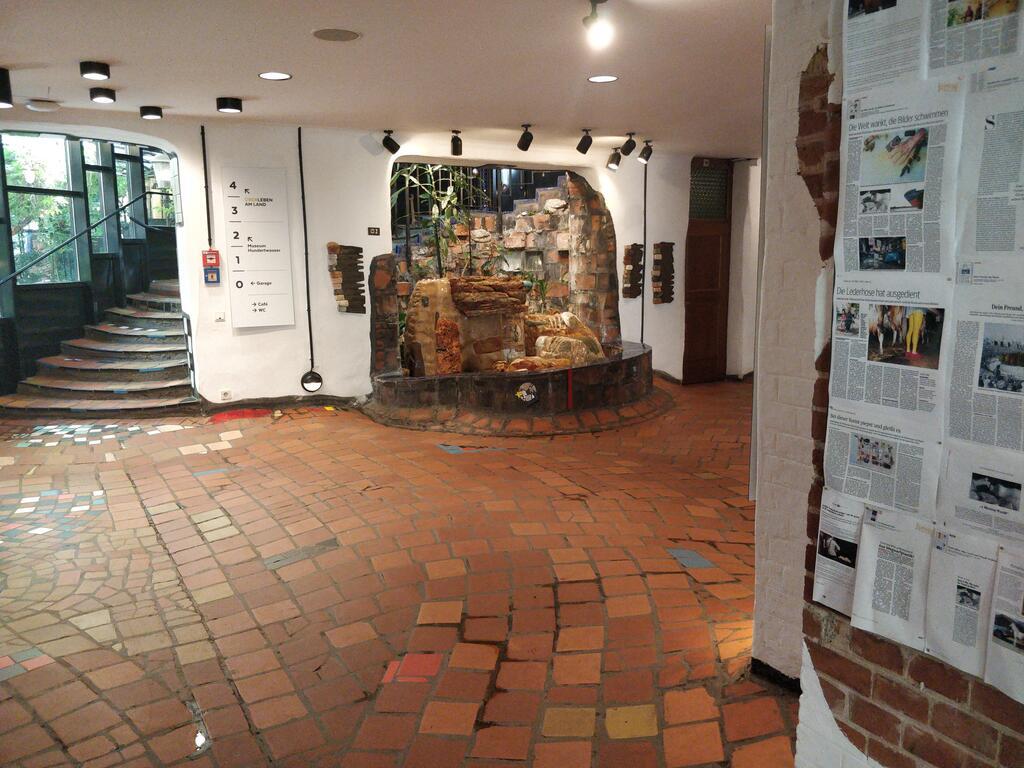
Entrance hall to the museum, with uneven floor.
He created the “window right” : a person living in an apartment has the right to decorate their windows’ outer sides, within their arm reach. The same, “tenant trees” are important to him.

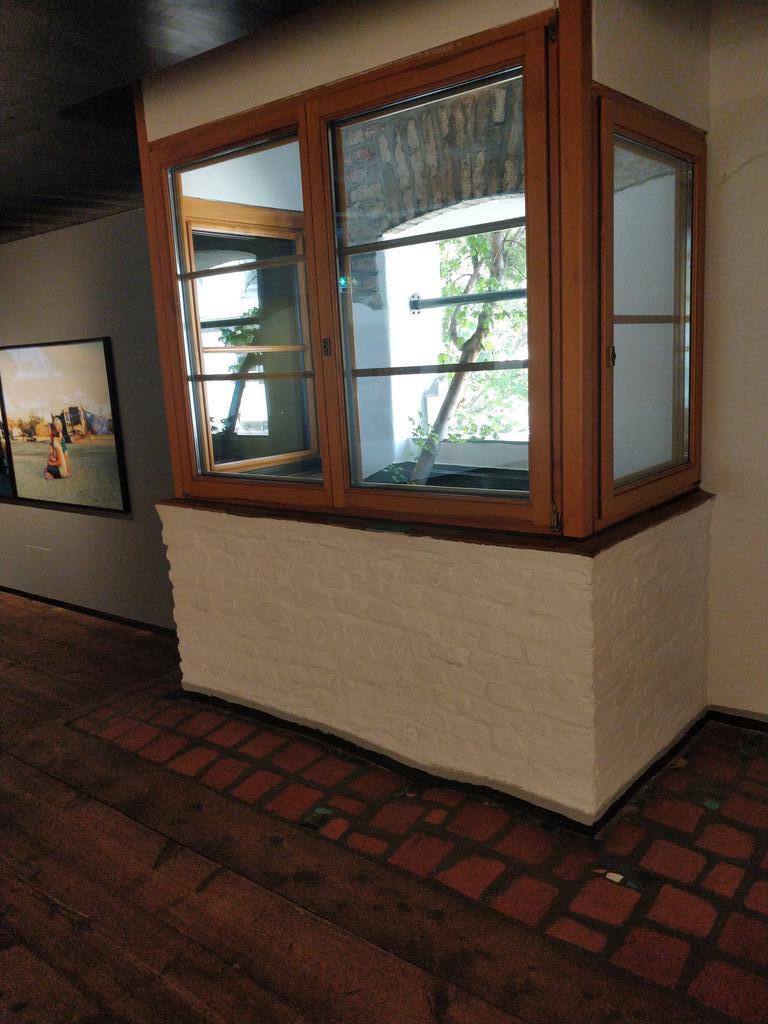
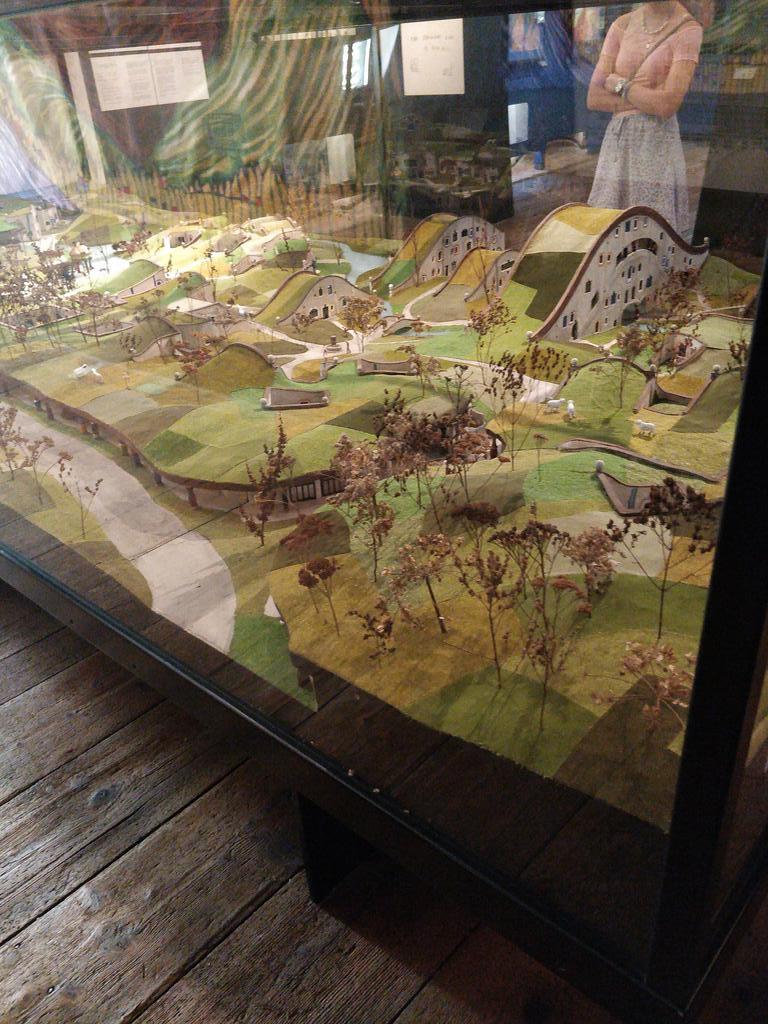
Tenant trees. On the right, a model for a full-scale village lot.
Some streets ahead, one can see Hundertwasser village and Hundertwasserhaus (actually a dwelling block). Sadly, inhabitants don’t let tourists visit the house, let alone a single flat.
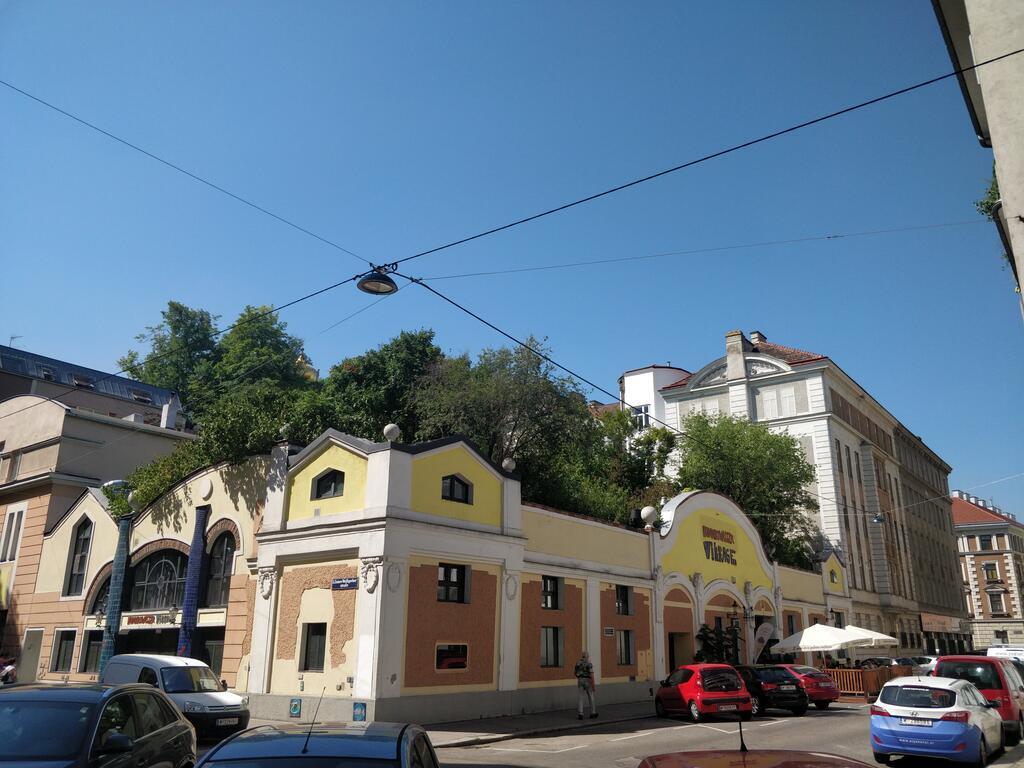
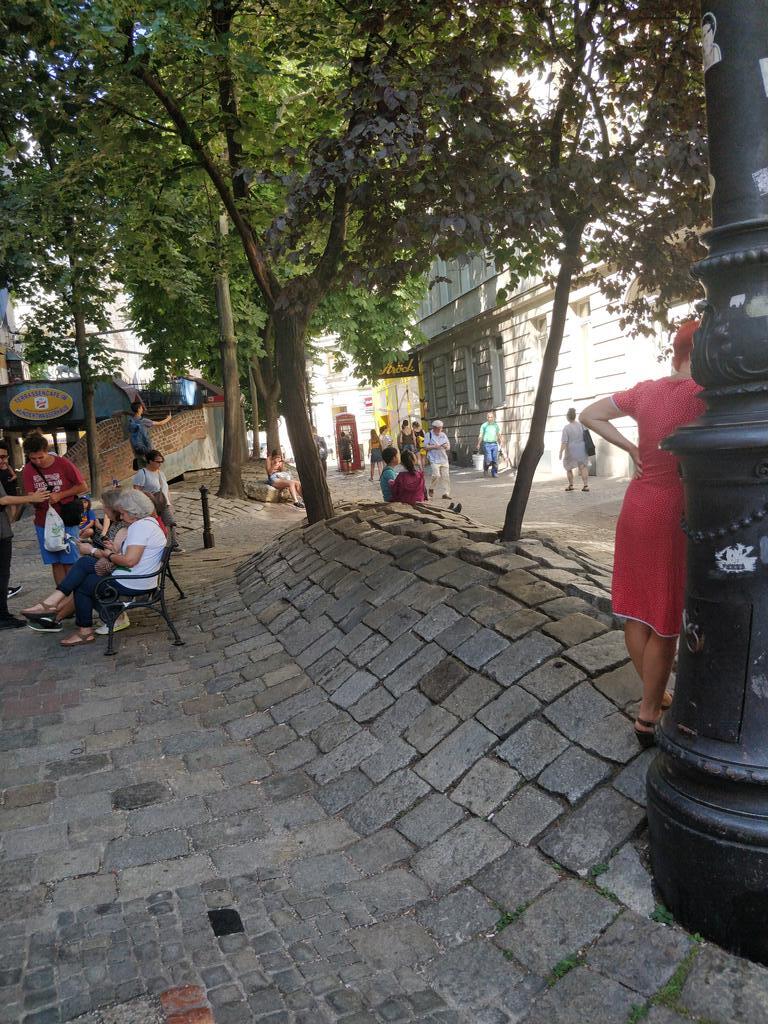
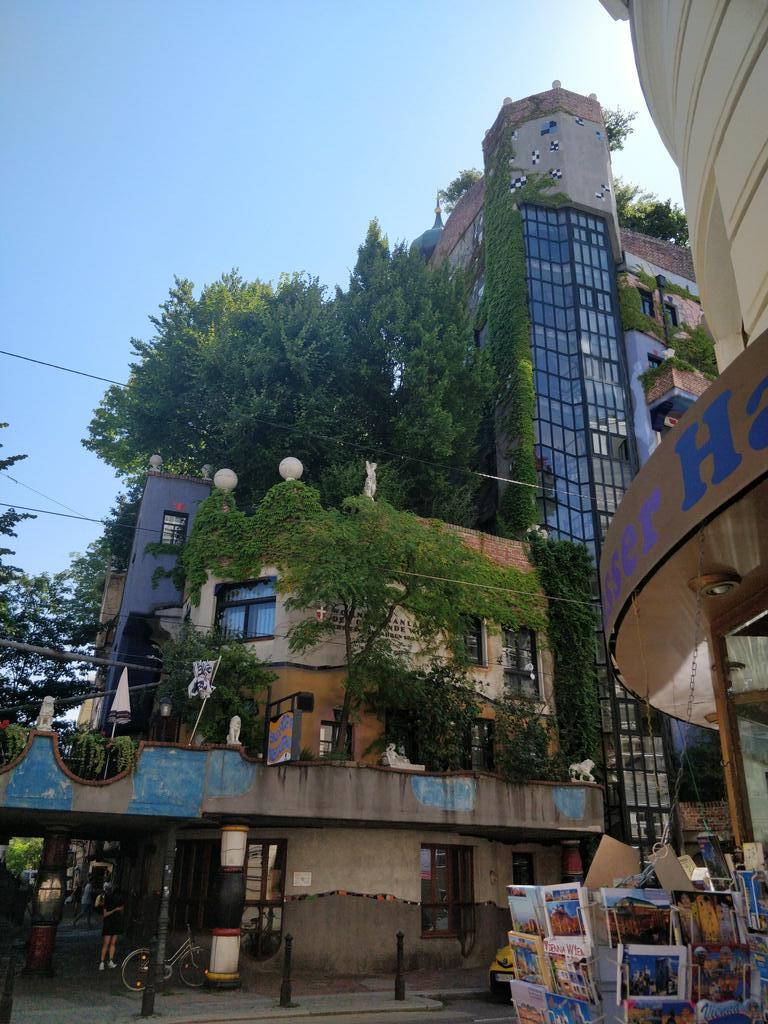
Hundertwasser village and house. The full photo album is available here.
Natural History Museum
For the rest of the morning, I was at the natural history museum. It has a planetarium, minerals (huge salt crystals and gems), various skeletons of animals, dinosaurs, proto-humans, prehistorical tools up to Middle-Age. One cannot see everything.
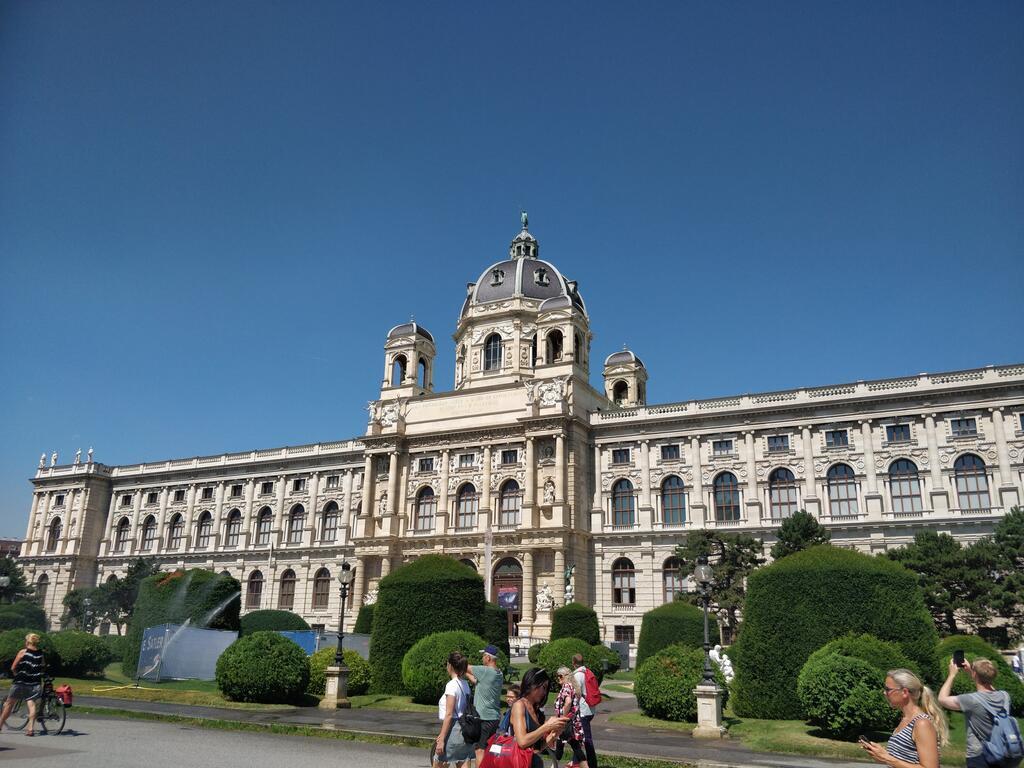
The Museum of natural history
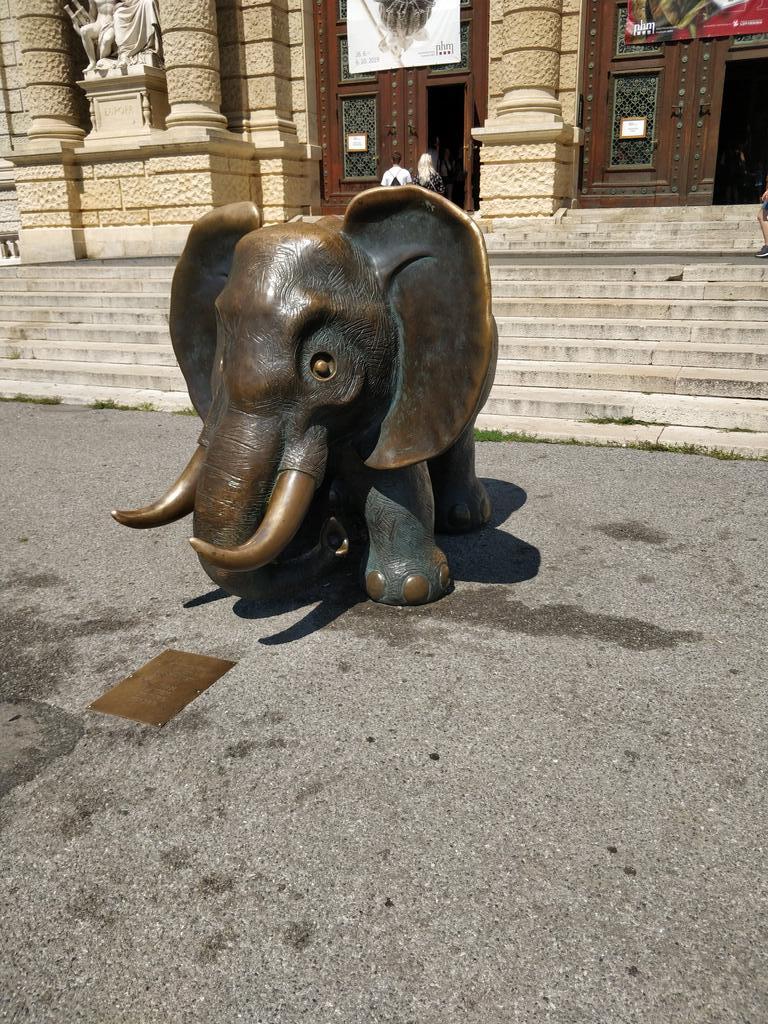
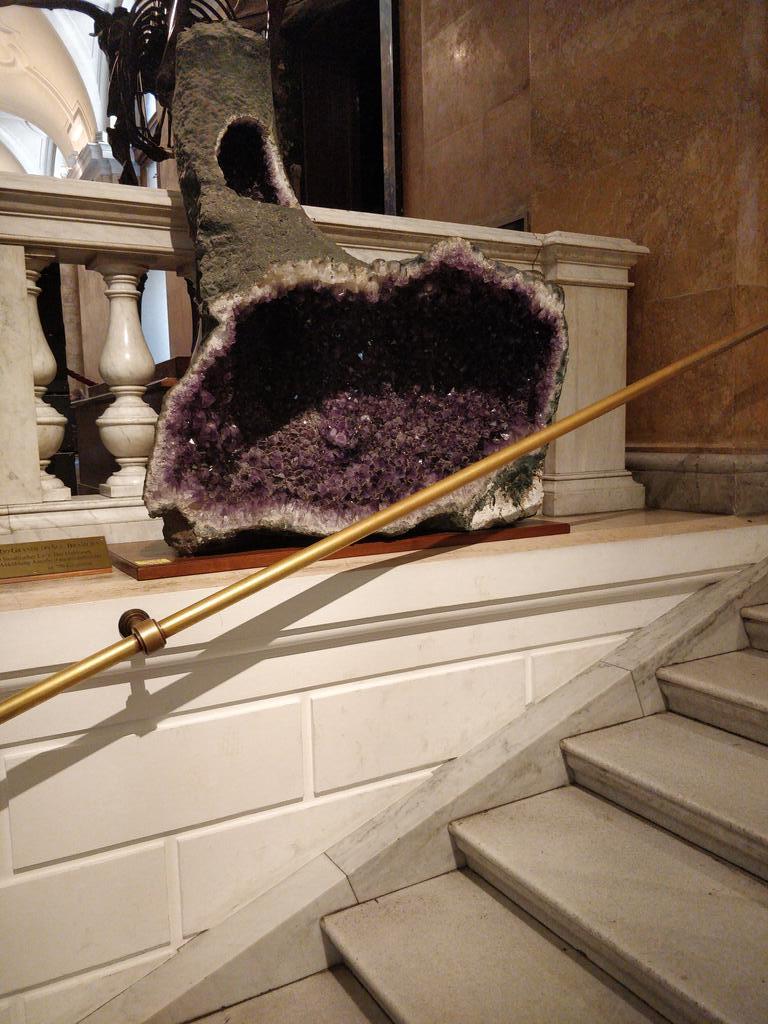
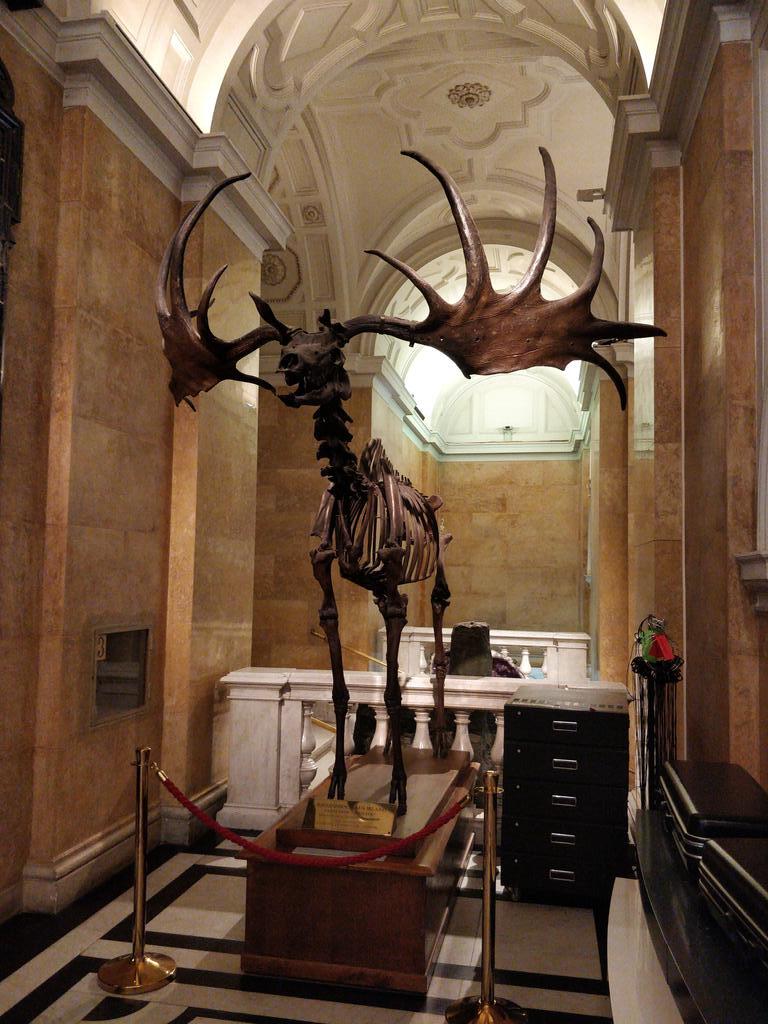
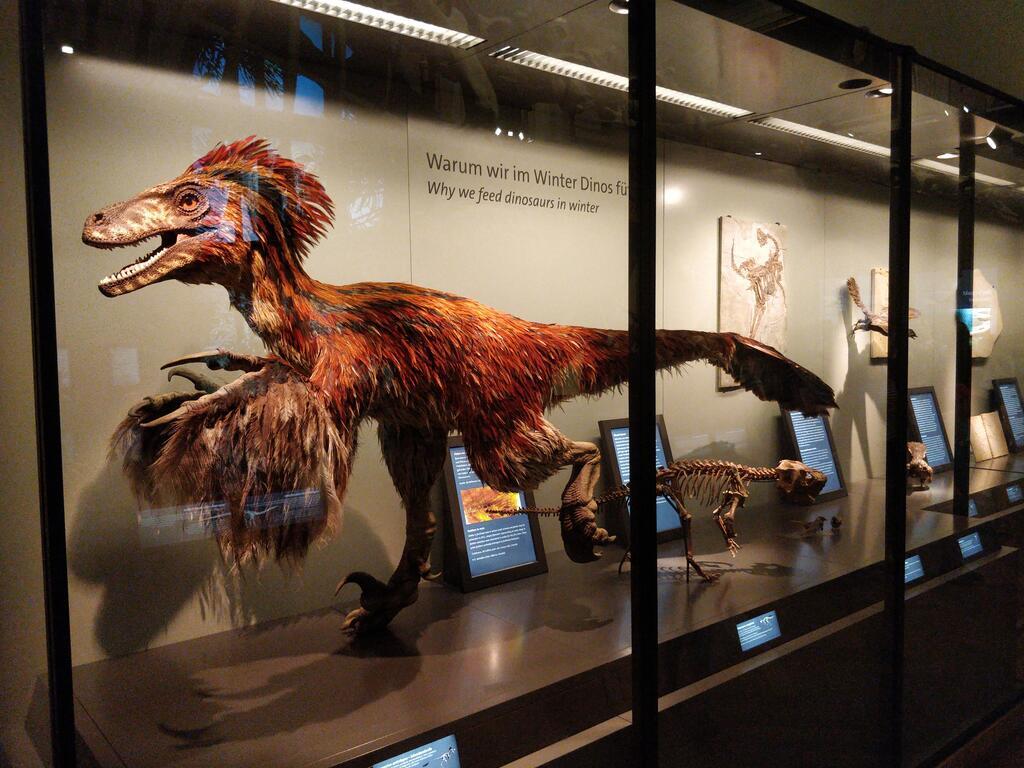
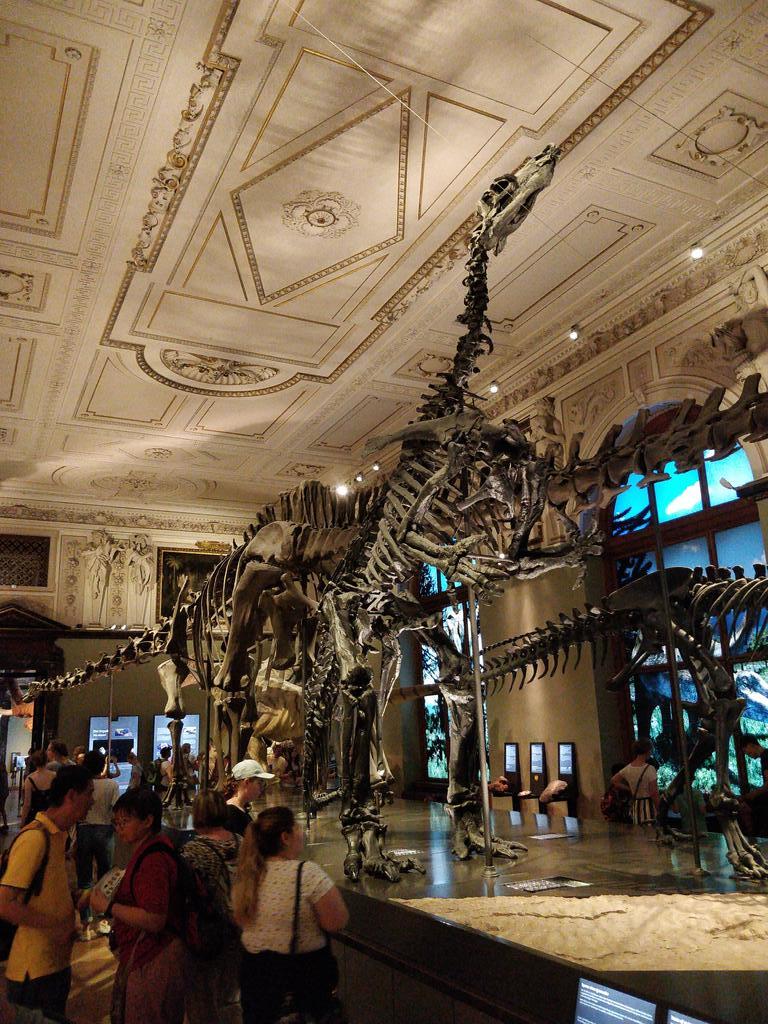
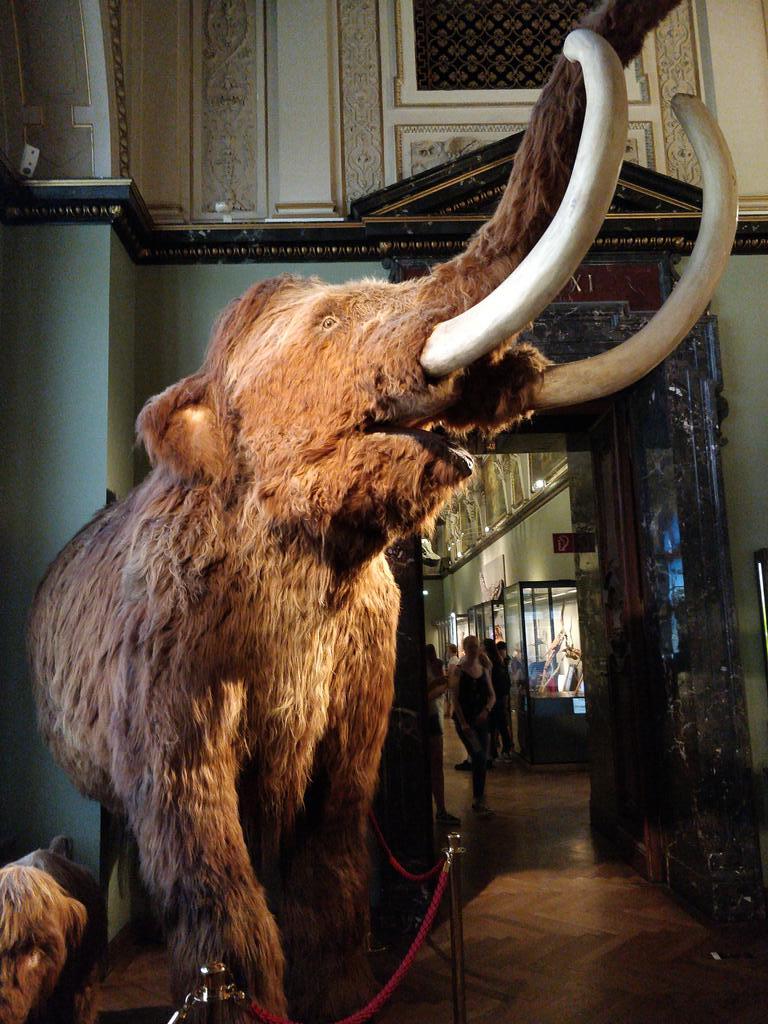
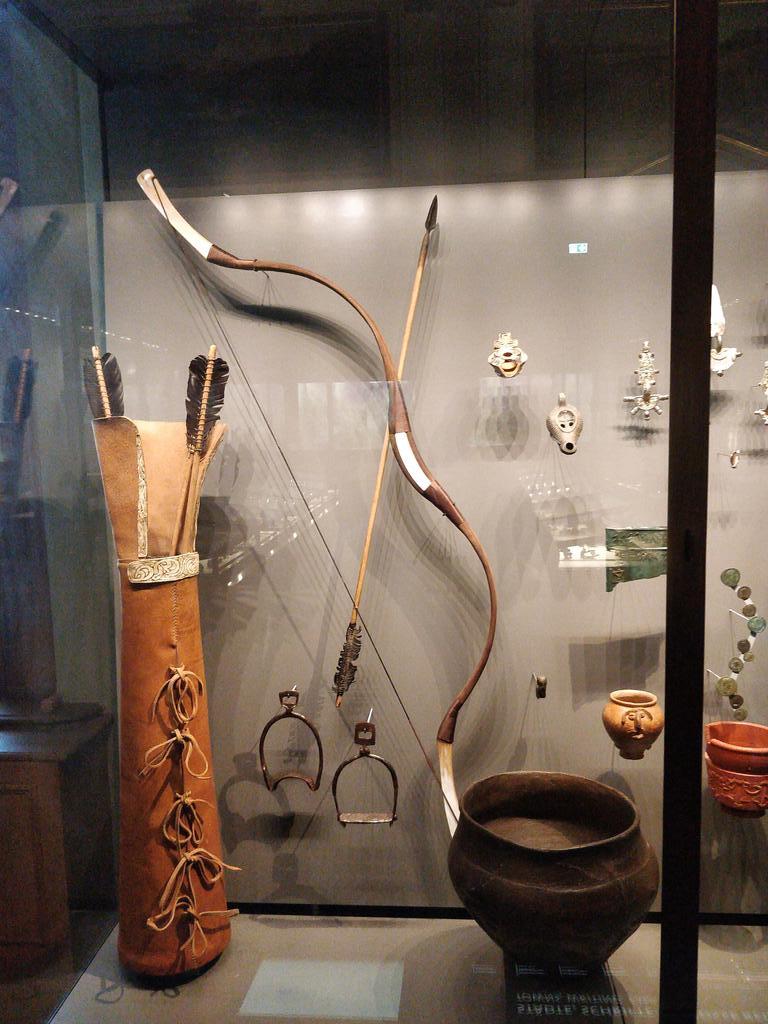
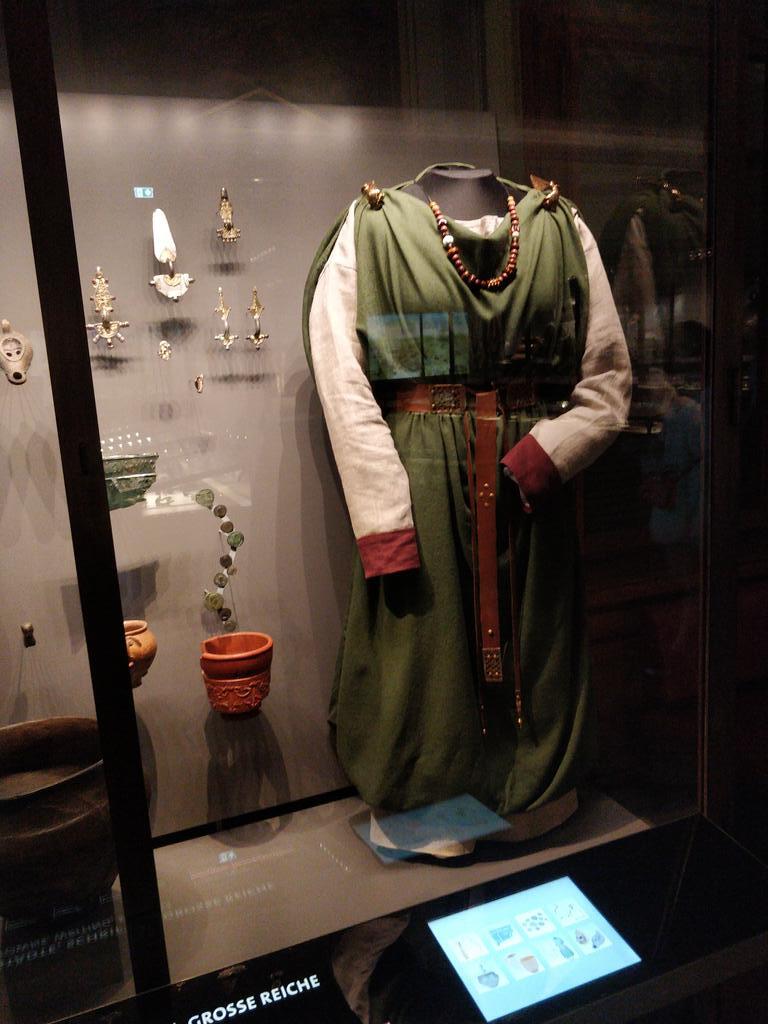
From left to right : dinosaurs’ skelletons. A wooly mamouth. Then hungarian medieval bow with clothing.
The Hofburg
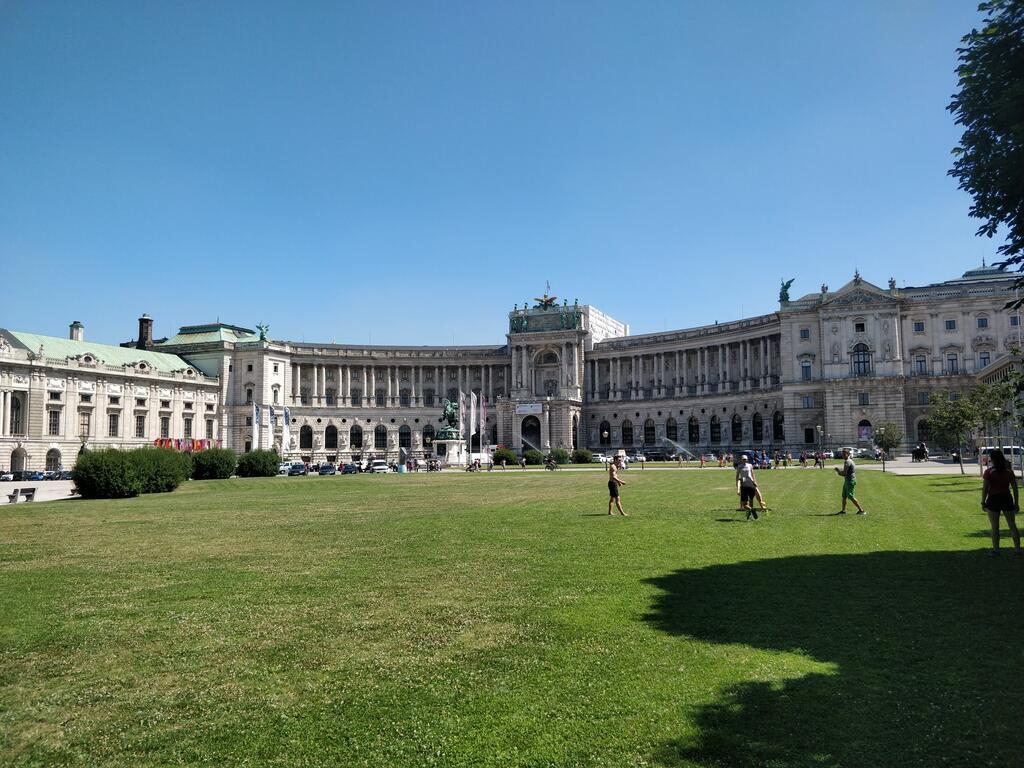
The Hofburg is the huge palatial complex, residence to the Emperor in Vienna’s city center. Today it houses the Presidency of the Republic, the National Library, the Austrian crown’s jewels. The Austrian parliament also has temporary premises for the duration of the restoration of their main building.
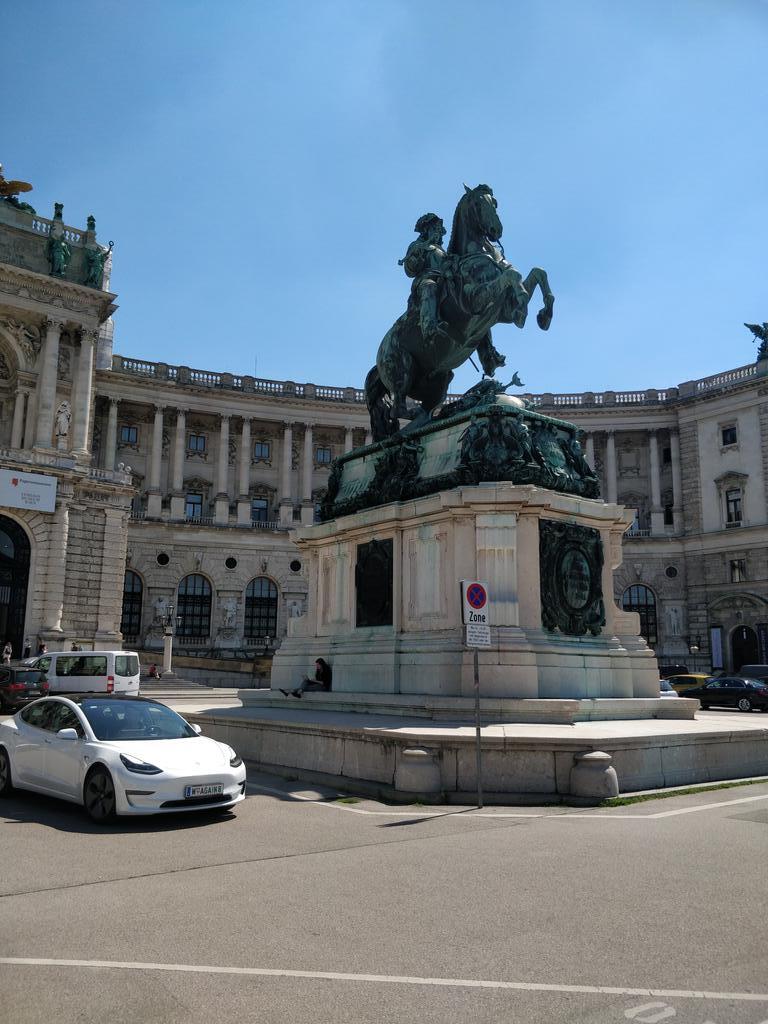
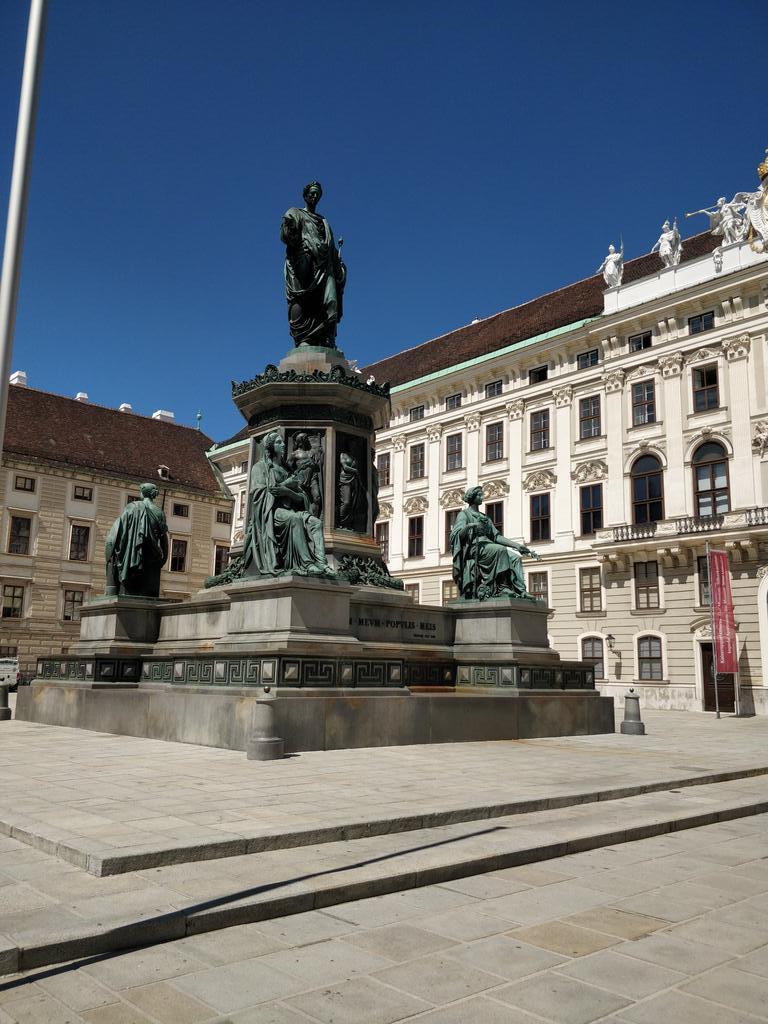
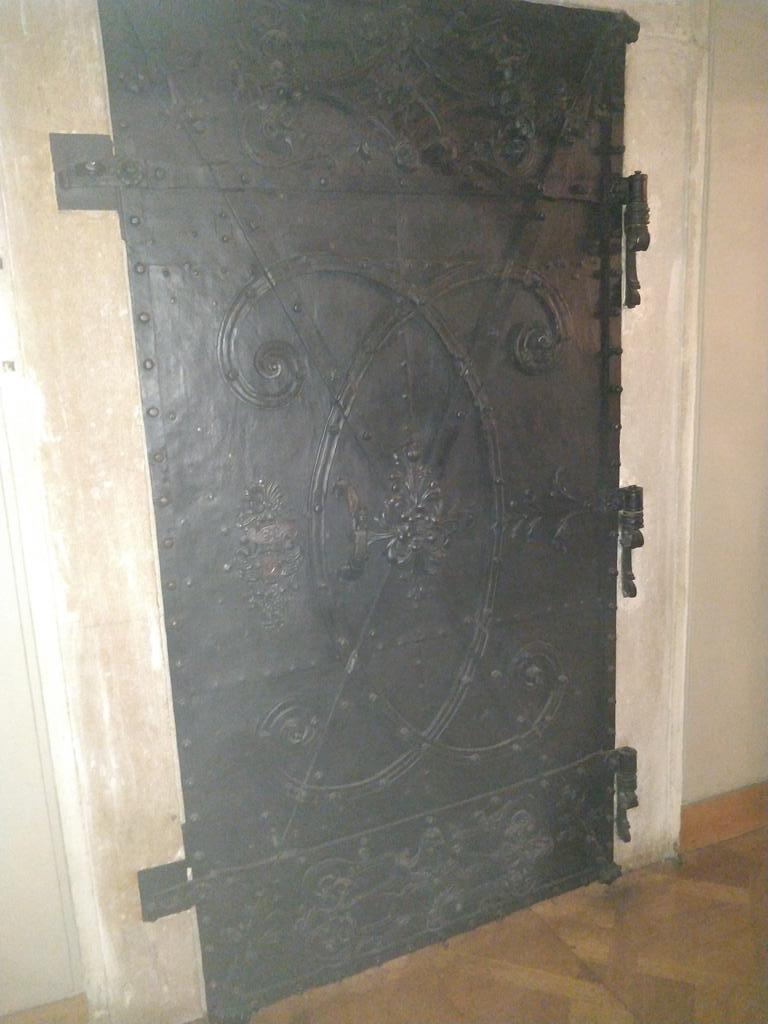
Left: an equestrian statue of one of the emperors of Austria, in the courtyard of the Hofburg. In the center: statue in Cesar, in the inner courtyard. Right: ornate door.
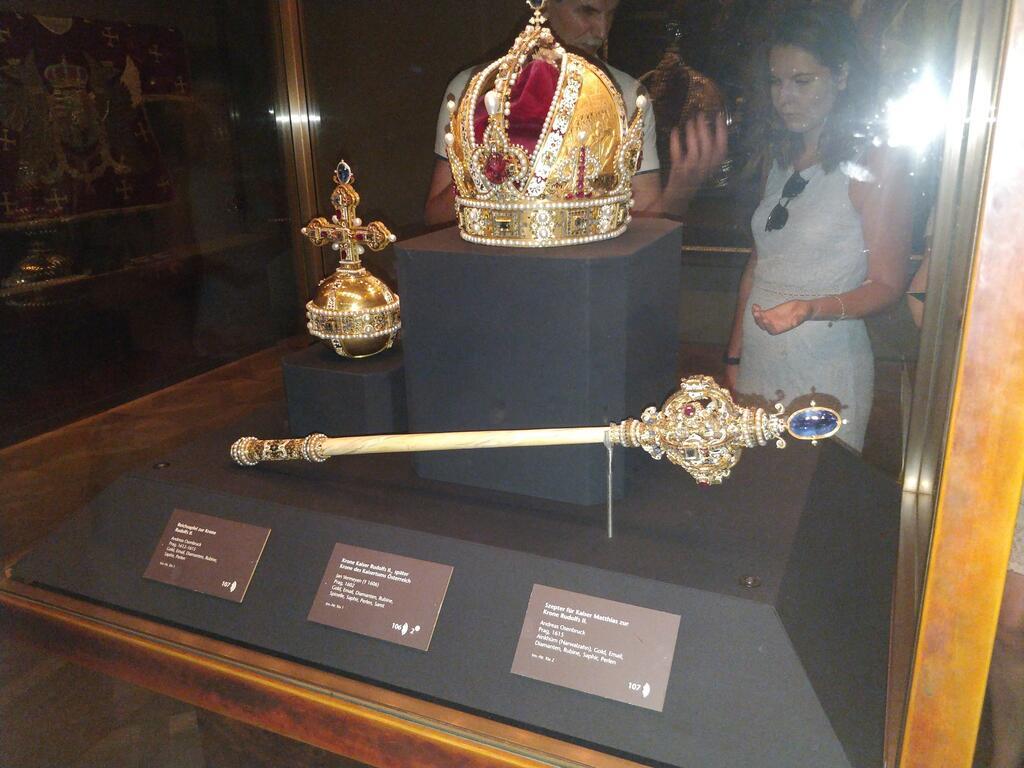
Autrian Crown.
As mentioned above, I was able to visit the parliament premises in the Hofburg. It must be seen that their main building is being renovated. and the guide did not really specify how the premises are used outside this period of work. Part of the current Hofburg building has burned recently and during the restoration, this room was built in a modern style, included in the building classical style.
What is interesting to mention, is that, according to the guide, each school student in Austria have to, at age 15, visit parliament. It is a good way to interest future citizens to public matters, as Res Publica.
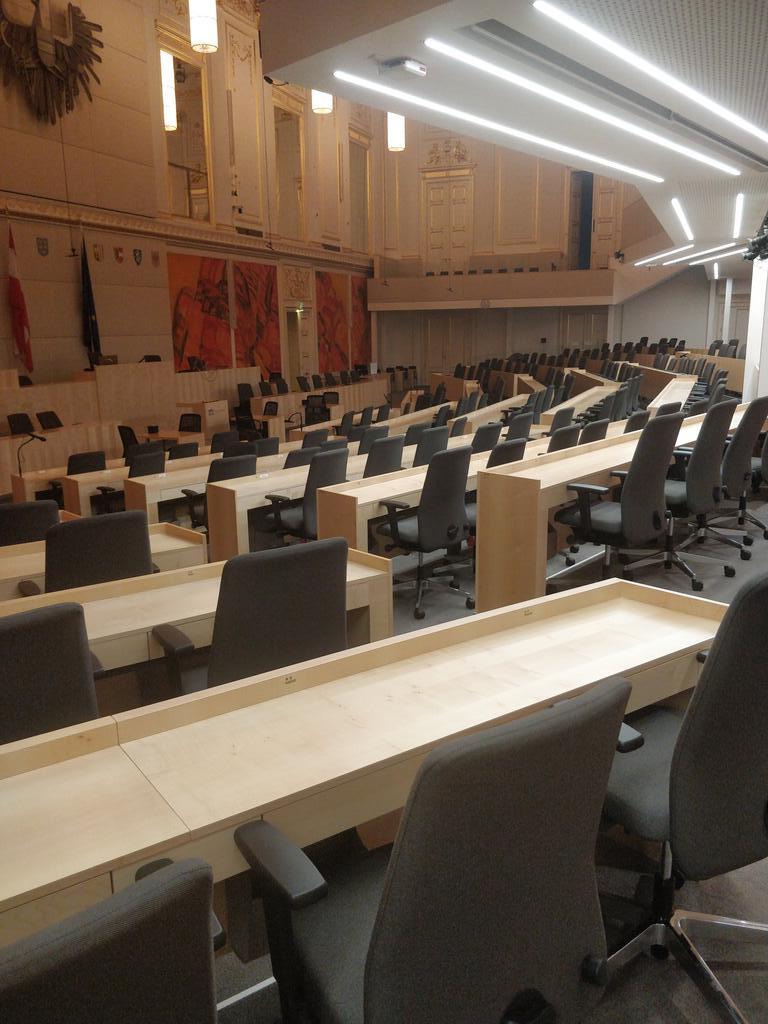
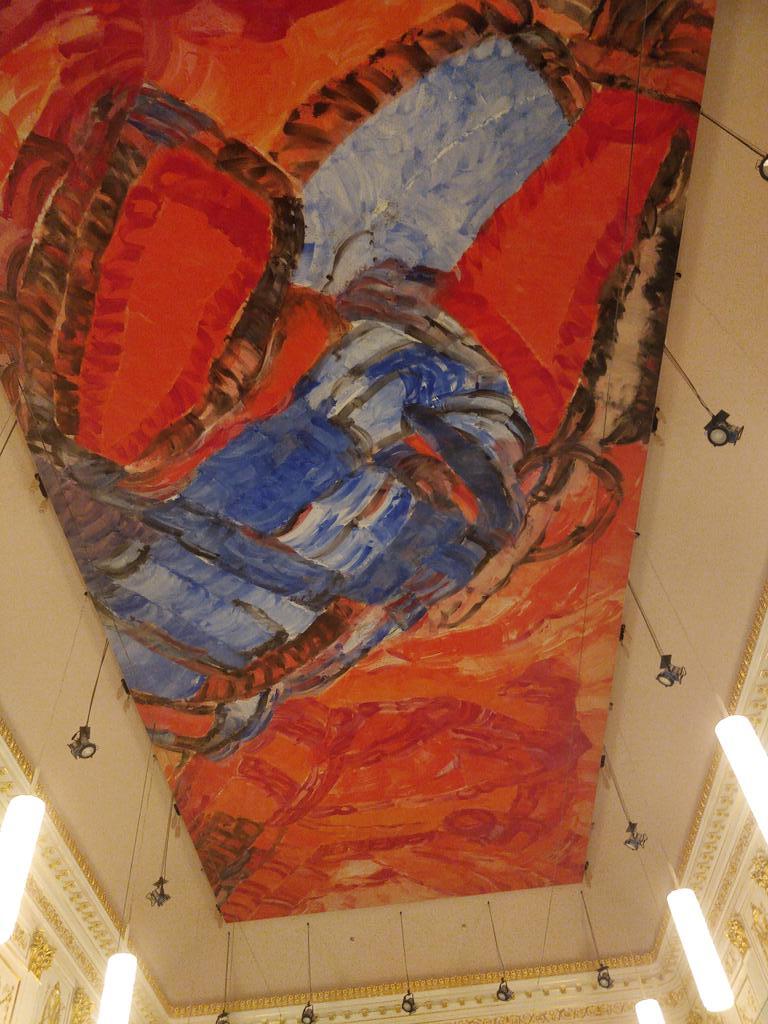
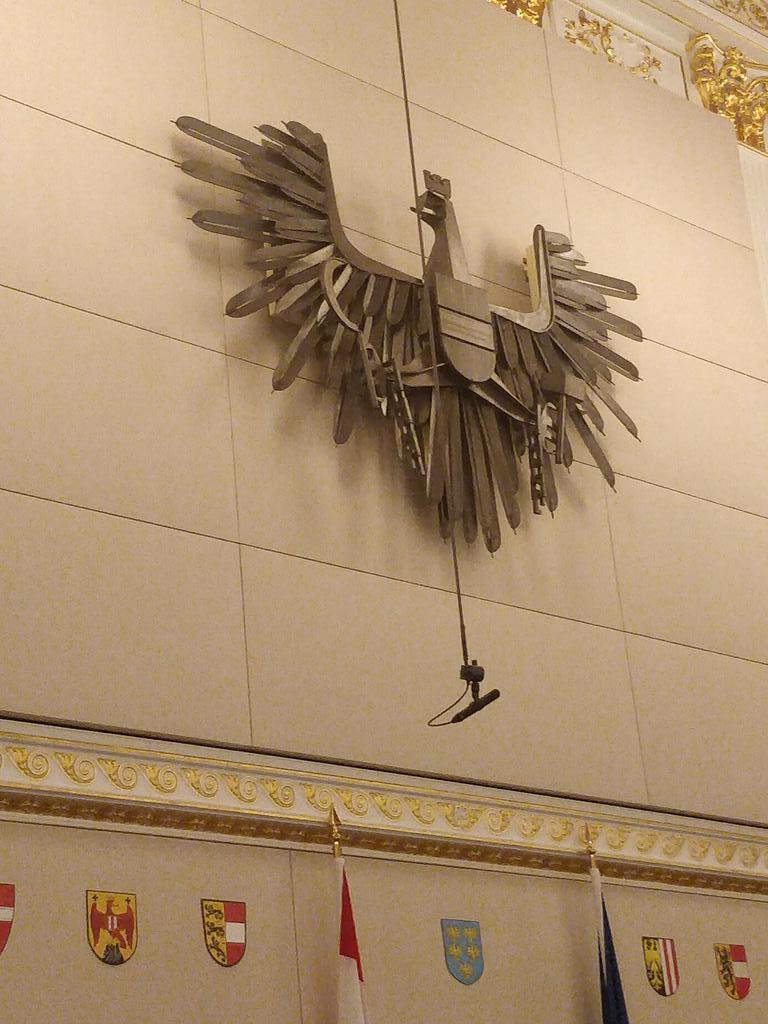
Some views of the parliament session room.

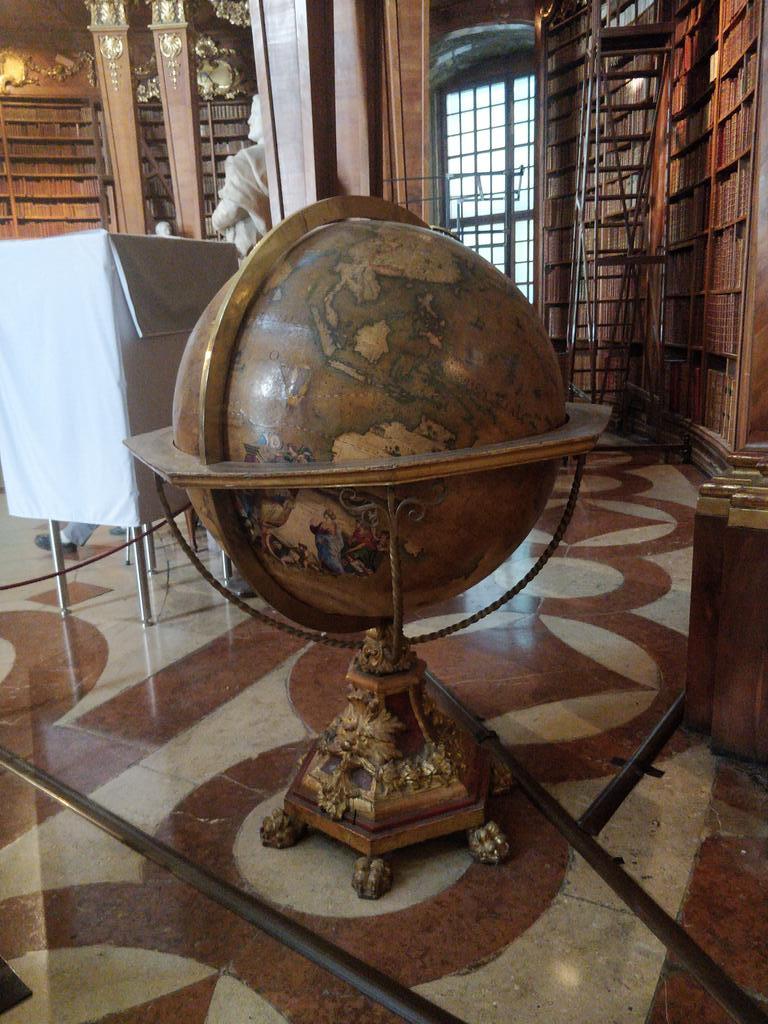
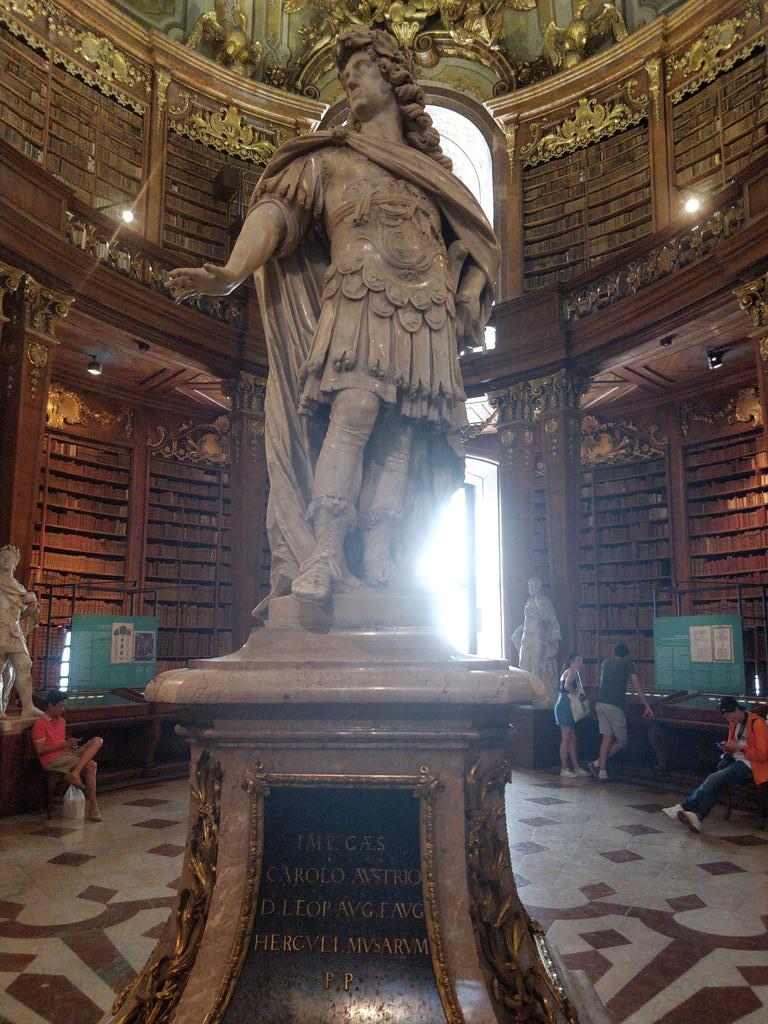
Views of the State Hall of Austrian National Library.
Thursday, the 25th of July
Schönbrunn, the Austrian Versailles.
I visited Schönbrunn like I visited Versailles : in shorts, sun glasses and under the warmest sun around.
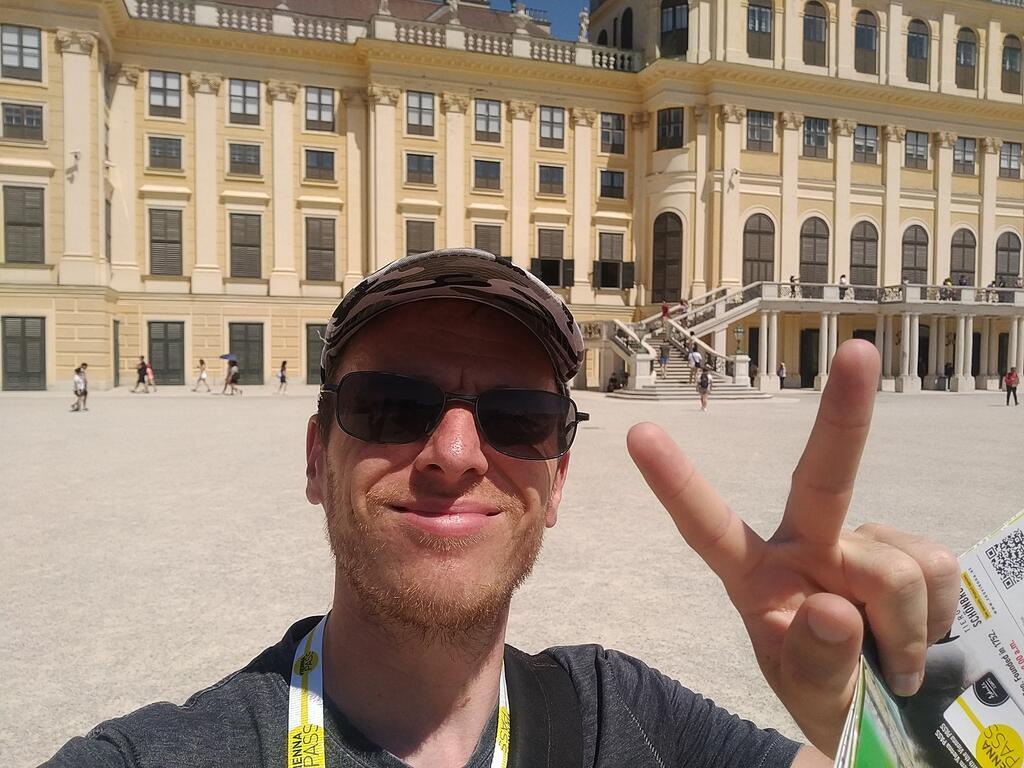
It goes way deeper : the entrance yard, with the central building, looks like the central yard of Louis XIV’s palace. The same, the gardens, designed the french way by a disciple of Le Nôtre, Jean Trehet. The Gloriette looks like the Trianon to me.
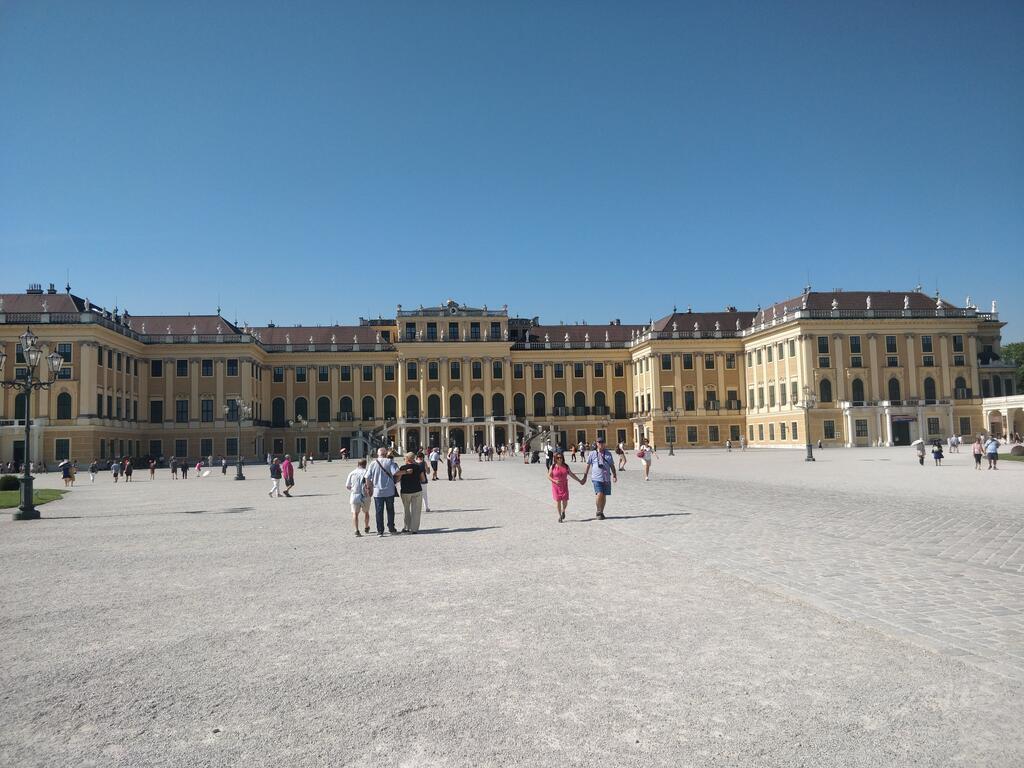
The palace entrance yard.
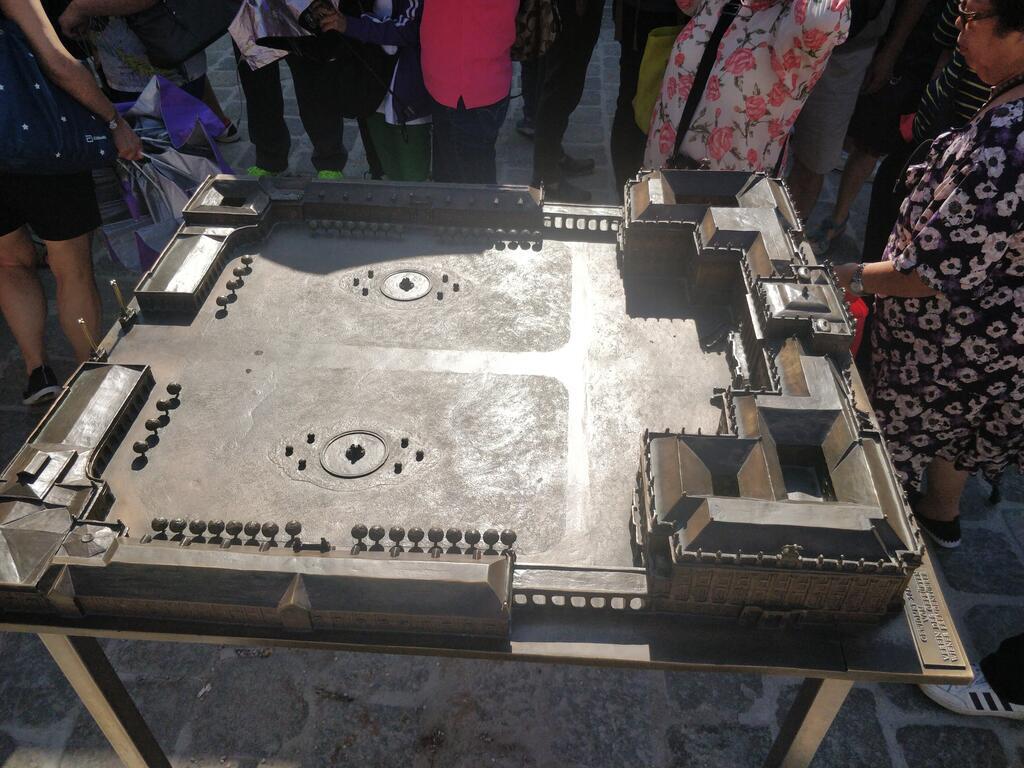
Model of the palace.
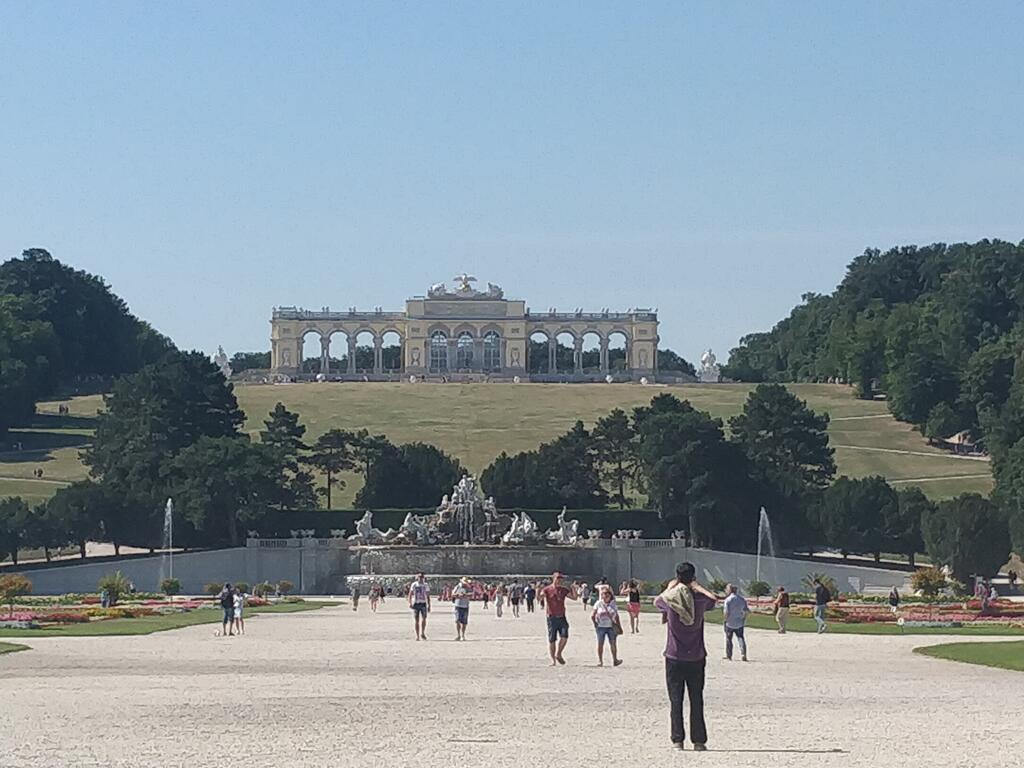
The perspective towards the Gloriette, at the top of the hill.
Exhibitions in the palace and its outbuildings make it easy to understand the life of the imperial family of Austria, and the fact that, under the gold and pump of power, was totally out of their control. Thus Empress Sissi (Elisabeth of her real name), is described as a person loving her husband passionately, but who hates the rigid framework of the court. Marriages of convenience, decided by political calculation, like court intrigues, leave little room for real privacy without mask or pretense.
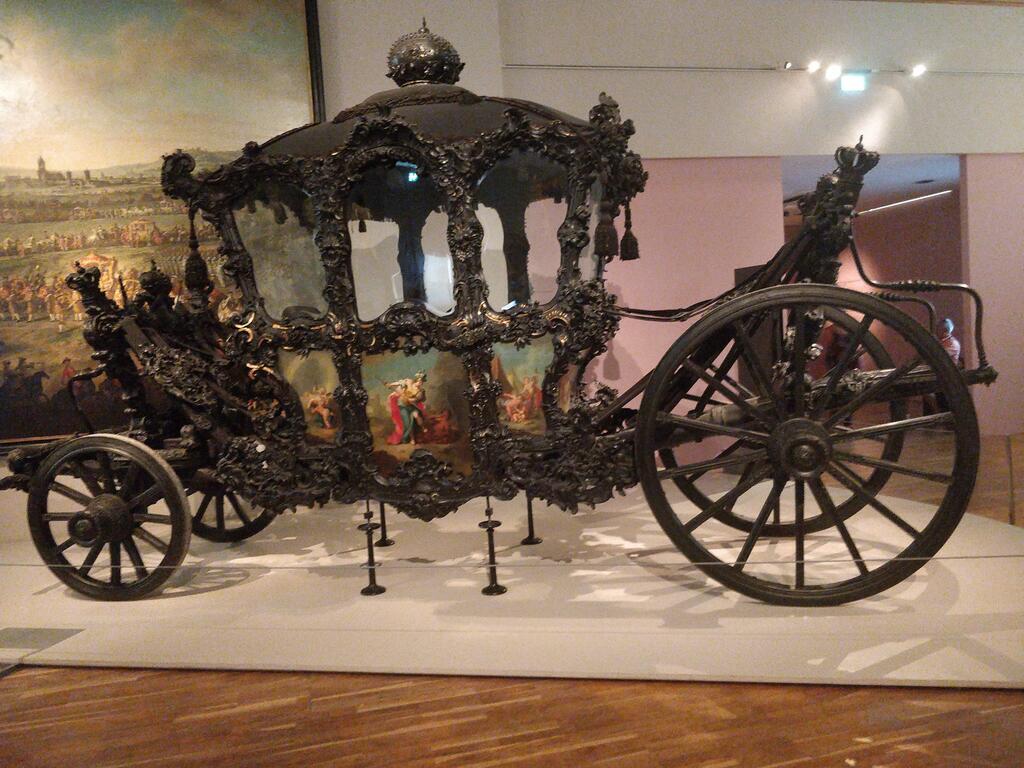
One of the imperial carriages, used for special occasions.
The parc has also playgrounds, like labyrinths.
Schönbrunn zoo
Right next to the park is a zoo. Apparently the first in the West (Wikipedia speaks of the first zoo in the world, but I remember having read that the Chinese emperors already had very beautiful private zoos well before that.)
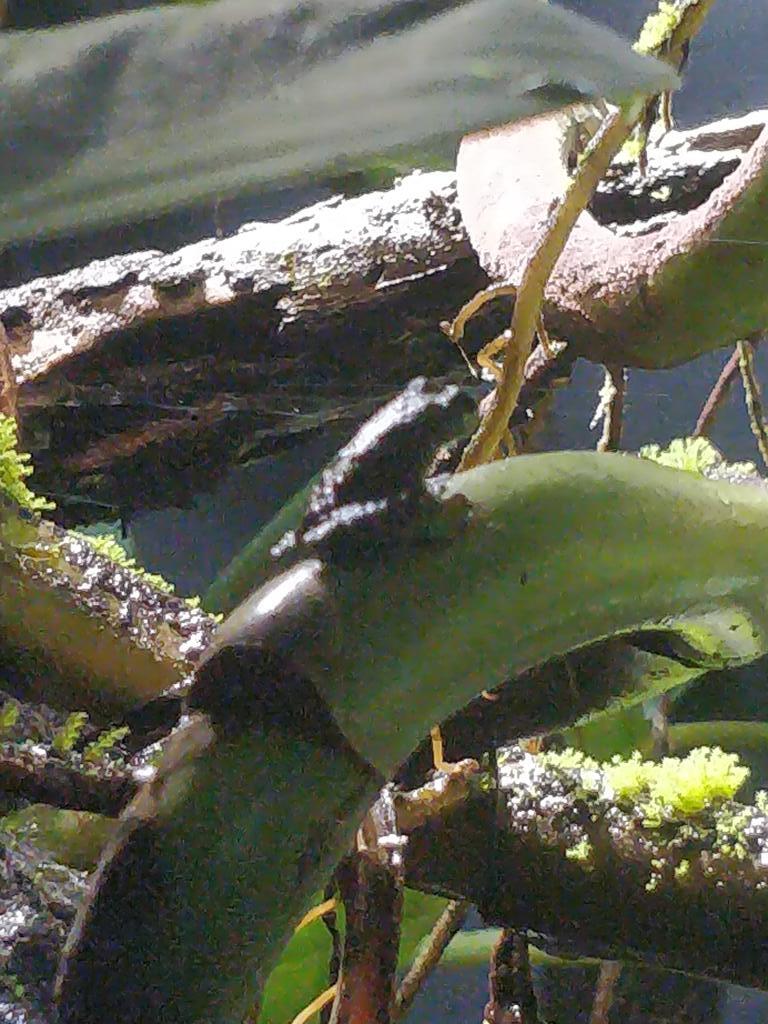
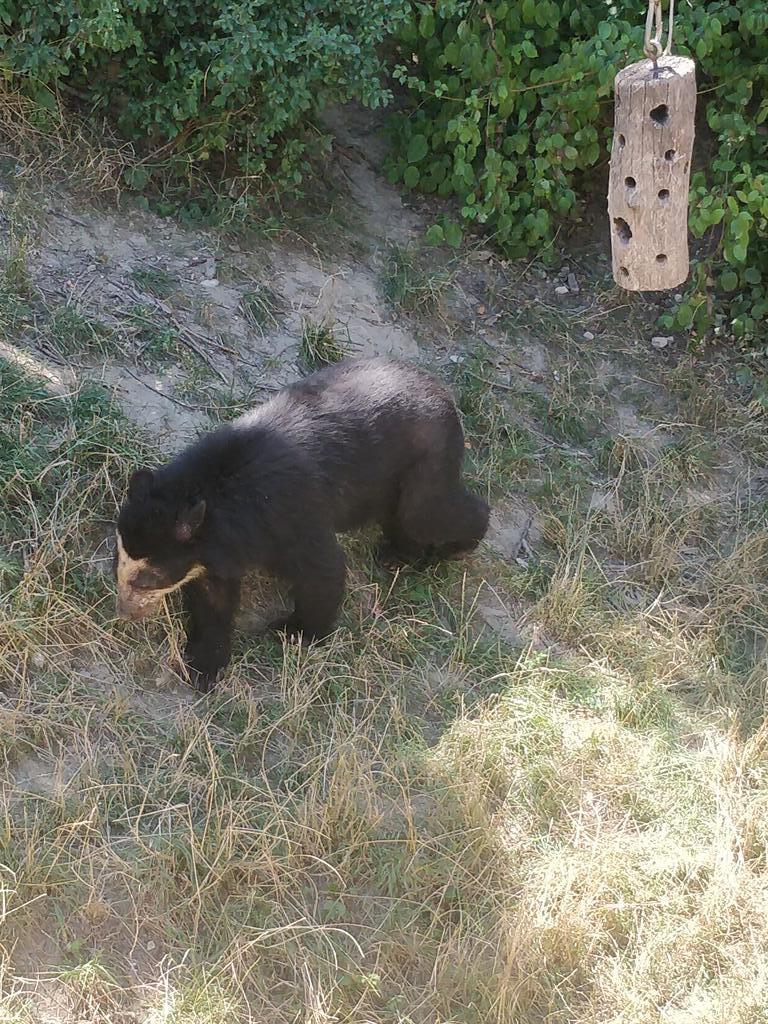
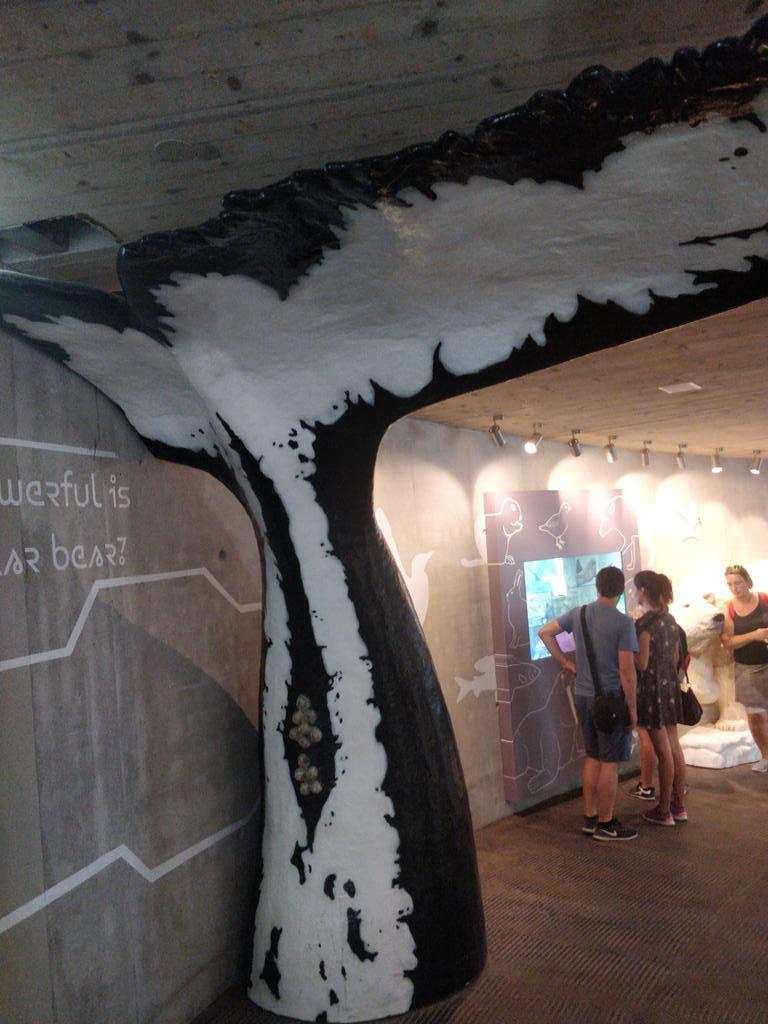
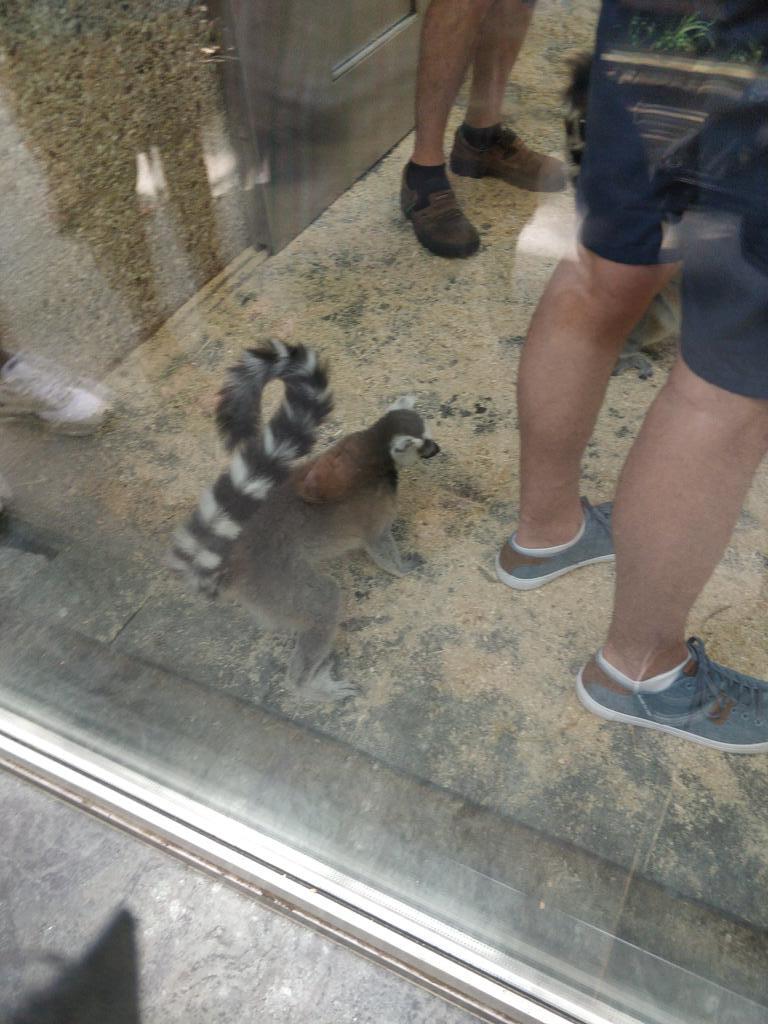
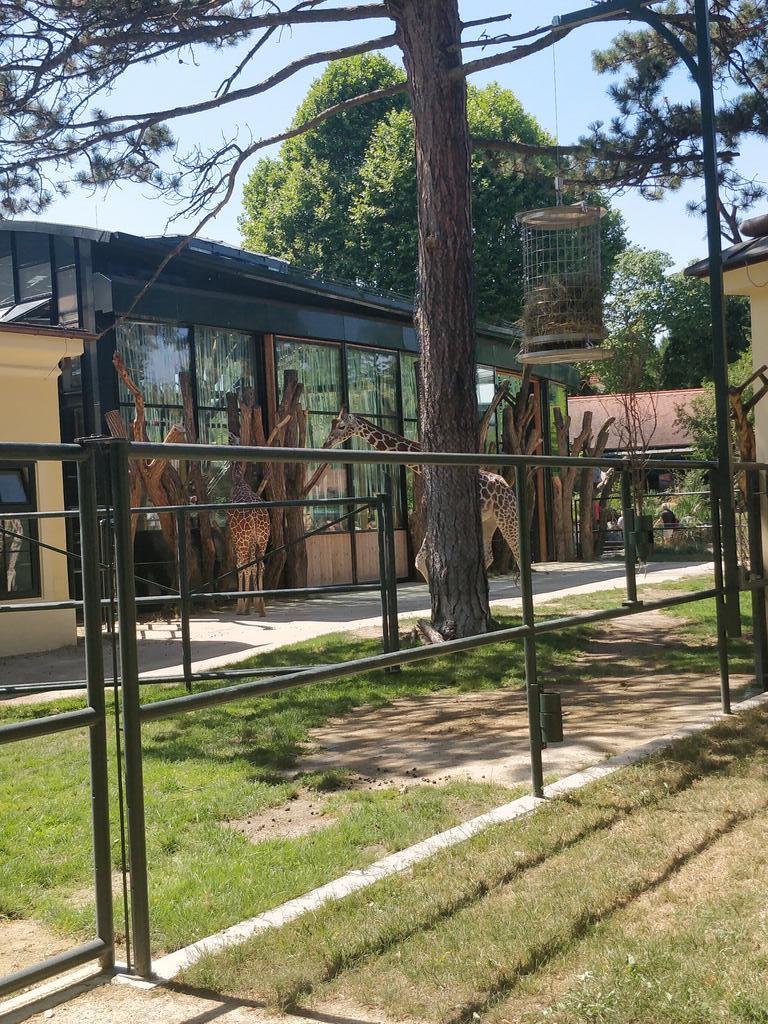
From left to right and from top to bottom: a small frog in his vivarium, a collared brown bear, the model of a whale tail, and a lemur.
Vienna Technical Museum
After so many palaces, museums, castles in Prague and Vienna, I wanted to see some technical stuff. The engineer is also cultivated, not just the man.
The Vienna Technical Museum is right next to Schönbrunn Palace. It includes a gallery with experiences, perfect for children: you can touch, activate machines, see physical phenomena in real time.
The museum has several parts :
- about power : what are the various forms of power, where do we get it from, how do we store and transport it.
- about means of transportation : trains, tramway, boats, helicopters.
- about construction, especially Vienna’s evolution in modern age with laborers dwellings and standardisation.
- about heavy machinery.
Just like before, you can see the full photo album here.